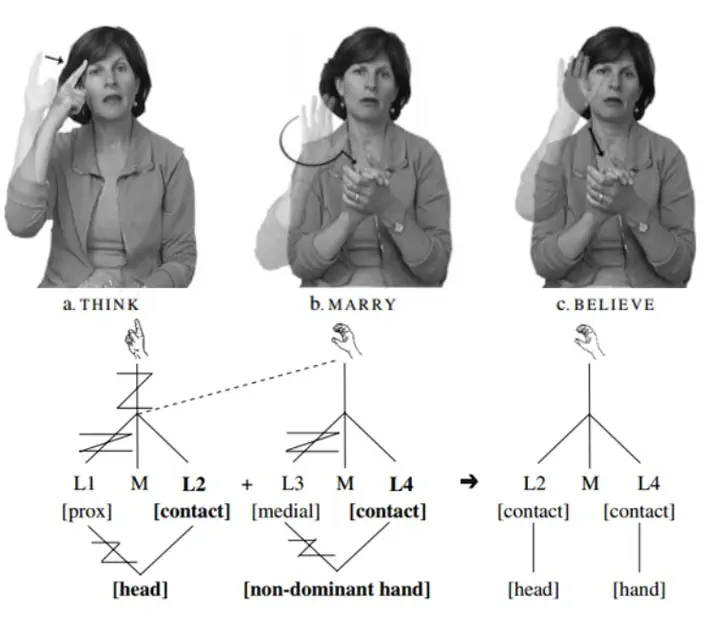
Abstract
This paper brings recent results on the computational complexity of natural language to bear on the question of modality. Specifically, I address whether the computational properties of phonology hold across the articulatory systems of speech and sign. A theory-neutral approach can highlight modality similarities and differences and allow for insightful comparison. This paper discusses the sequential nature of sign phonology, and overviews the recent computational background characterizing a class of formal transductions. I apply this to several sign processes — contact metathesis, final-syllable reduplication, and compound reduction — and compare them to their spoken equivalents. These analyses suggest an amodal algebraic phonology independent of modality, and allow for promising new means to analyze issues of linguistic modality and the cognitive status of phonological knowledge.